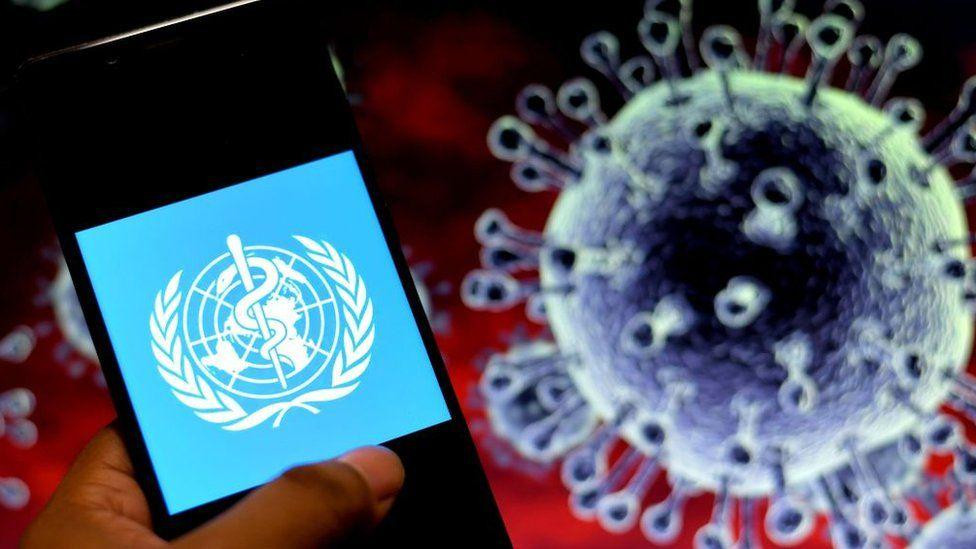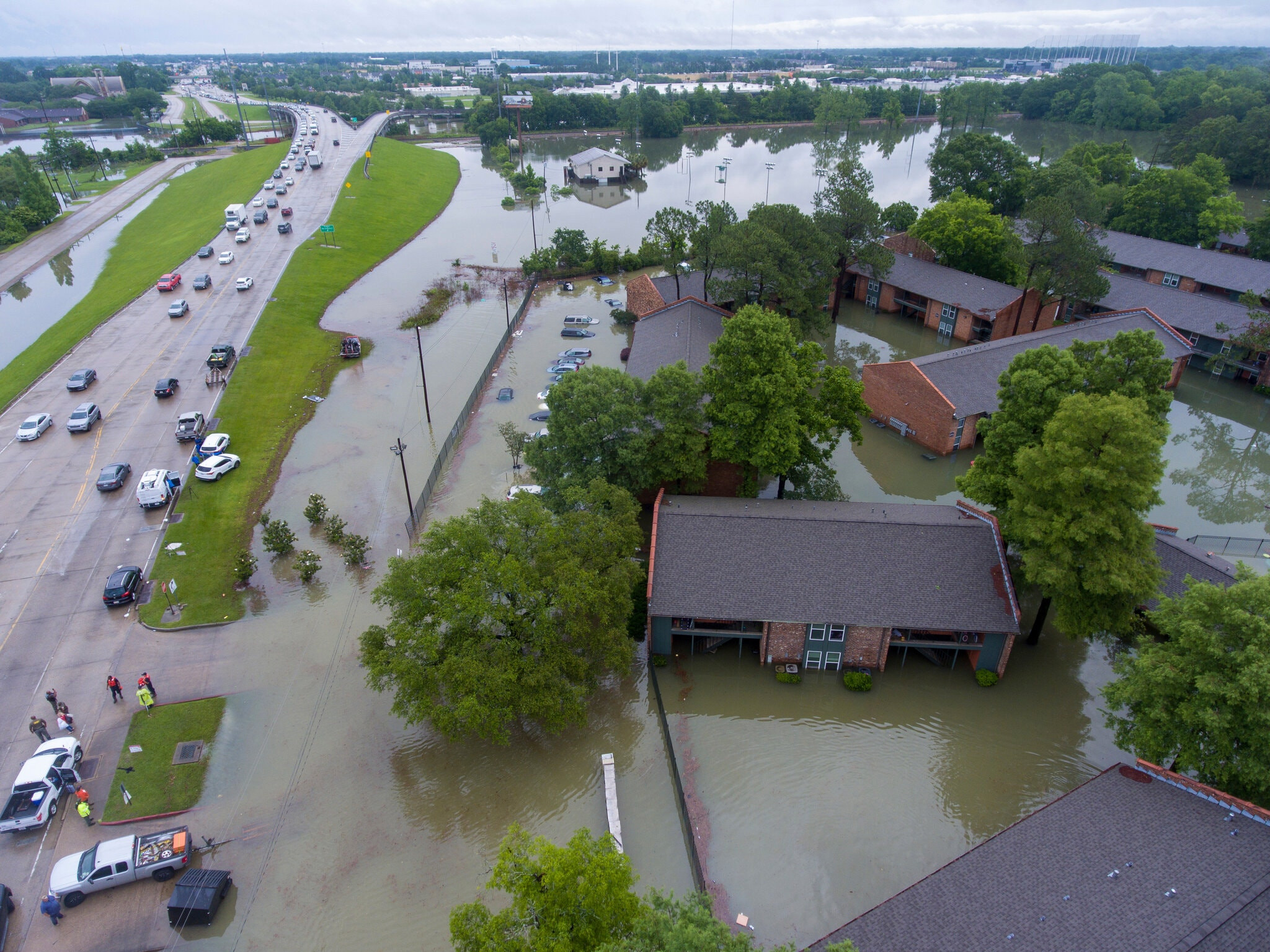The World Health Organization (WHO) has declared mpox a public health emergency of international concern for the second time in two years, following a recent surge of cases in the Democratic Republic of Congo (DRC). This declaration comes as a result of the rapid spread of a new strain of the virus, known as clade 1b, which is more dangerous and transmissible than the previous strain. The WHO’s declaration signifies a commitment to implement a coordinated global response to the virus, aiming to stop outbreaks of human-to-human transmission and minimize zoonotic transmission.
The WHO’s Director-General Tedros Adhanom Ghebreyesus, PhD, cited the rapid spread of clade 1b as the primary reason for the latest declaration. The new strain has been reported in several countries bordering the DRC, including Burundi, Kenya, Rwanda, and Uganda, as well as Thailand and Sweden. The DRC currently accounts for 90% of the reported cases in 2024, with over 16,000 suspected cases, including 575 deaths.
The declaration triggers the release of a Global Mpox Strategic Preparedness and Response Plan (SPRP), which outlines the key strategies for controlling and ultimately stopping the outbreak. These strategies involve implementing comprehensive surveillance and response efforts; advancing research and equitable access to medical countermeasures; minimizing zoonotic transmission; and empowering communities to actively participate in outbreak prevention and control.
The SPRP emphasizes strategic leadership, timely evidence-based guidance, and access to medical countermeasures for the most at-risk groups in affected countries. This includes engagement with the Act-A Principals group; the Standing Committee on Health Emergency Prevention, Preparedness and Response; the R&D Blueprint for Epidemics; and the i-MCM Net.
The WHO’s Regional Offices have established Incident Management Support Teams (IMSTs) to lead preparedness and response activities, and are significantly scaling up staff in affected countries. Within the Africa Region, where need is greatest, the WHO Regional Office for Africa and Africa CDC will jointly spearhead the coordination of mpox response efforts. This includes a one-plan, one-budget approach as part of the Africa Continental Mpox Strategic Preparedness and Response Plan.
The WHO is appealing to donors to provide the needed resources to fund the SPRP, which is estimated to require approximately US$ 135 million over the next six months. This amount may increase as the plan is updated in light of growing needs.
The WHO is coordinating the global response by working closely with affected countries to prevent transmission, treat those infected, and save lives. This requires concerted action between international agencies, national and local partners, civil society, researchers and manufacturers, and Member States. The approach must adhere to the principles of equity, global solidarity, community empowerment, human rights, and coordination across sectors.
The WHO is confident that this outbreak can be controlled and stopped. However, it requires comprehensive and coordinated international response. This includes strategic leadership, timely evidence-based guidance, and access to medical countermeasures for the most at-risk groups in affected countries.
This new outbreak highlights the importance of coordinated global action to address infectious disease threats. The WHO’s declaration serves as a call to action to all stakeholders to work together to prevent transmission, treat those infected, and save lives.
Mpox: A Look Back
The WHO has declared two global health emergencies for mpox in the last two years. In July 2022, the WHO declared mpox a public health emergency amid a rise in cases that were sprouting up in 75 countries. At the time, global cases were numbering near 17,000, with approximately 3000 of these cases occurring in the US.
The outbreak in 2022 was mainly driven by a different strain of the virus, known as clade II, which is endemic to West Africa. Clade II infections are typically less intense than clade I infections, with a survival rate exceeding 99.9%.
As of spring 2024, recent CDC data have documented over 32,000 cases in the US, with global numbers encroaching on 100,000 since the WHO’s initial announcement. These numbers have continued to rise in spite of the WHO’s declaration and subsequent recommendations.
Understanding the Mpox Virus
The first record of mpox dates back to the late 1950s. It was discovered following two outbreaks of a poxlike illness that spread throughout monkey colonies being observed for research purposes. Human infection was first reported in 1970 and occurred in what is now the Democratic Republic of the Congo (DRC).
This discovery cemented mpox as a zoonotic disease, meaning it can be transmitted from animals to humans. Mpox has been found in mammals such as monkeys and small rodents and is thought to originate in parts of West and Central Africa.
Up until 2022, mpox cases were considered rare and were typically attributed to travel to or from regions where the virus is endemic, or otherwise the importation of infected animals. However, the recent outbreaks have demonstrated the virus’s potential for rapid spread in humans.
Mpox Symptoms and Transmission
Mpox is a viral infection that typically presents as a rash. The virus has an incubation period of at least 3 days, but it is possible to remain asymptomatic for up to 3 weeks post exposure. At first, the rash presents as blisters, sores, or appears pimple-like. These manifestations often cause itchiness or pain and will undergo multiple stages as they scab over and heal.
The rash commonly lasts for 2 to 4 weeks, affecting areas such as the hands and feet, face, or groin, as well as the genital and anal regions. The WHO notes that lesions can present in the mouth, throat, eye, vagina, penis, anus, and rectum. During this time, or perhaps afterwards, individuals can experience additional symptoms including muscle aches, back pain, headache, fever, swollen lymph nodes, and lethargy.
Exposure to mpox often results from close or intimate person-to-person contact. Direct skin-to-skin contact with an mpox lesion—rash or scab—as well as upper respiratory secretions and/or certain bodily fluids can lead to an individual contracting the virus. Depending on the affected area, mpox may be transmitted through oral, penetrative, or other forms of sex; however, mpox is not exclusively classified as a sexually transmitted infection (STI). Other acts such as massage, kissing, hugging, or close-up, face-to-face interactions with someone who has contagious disease can spread mpox.
Contaminated objects also present a transmission risk if they have not been disinfected after use from an individual with mpox. Similarly, this type of transmission stems from exposure to mpox lesions or bodily fluids that can turn unwashed bedding, clothing, towels, sex toys, and other forms of intimate gear into potential hazards.
Infected animals should also be avoided as mpox can spread through direct contact with the animal's waste or bodily fluids. While contracting mpox from a pet is less likely, the CDC cautions against kissing, licking, cuddling, and spending time in close proximity with a pet if the person or pet is infected; mpox can spread in either direction in this case.
Pregnant individuals should be aware that mpox can spread to the fetus or to their child during/after giving birth. Pregnancy also increases one’s chances of severe infection. Young children under the age of 1 year, individuals with eczema, and those with weakened immune systems all carry increased risk for more intense disease.
An mpox infection is considered contagious until visible lesions have scabbed over, fallen off, and a new layer of skin has formed.
Preventing the Spread of Mpox
The best way to prevent the spread of mpox is to avoid contact with infected individuals or animals. If you have been in close contact with someone who has mpox, it is important to monitor for symptoms and seek medical attention if you develop any.
There are also several things you can do to protect yourself from mpox:
-
Get vaccinated: The JYNNEOS vaccine is effective in preventing mpox and is available to individuals at high risk of infection or exposure to orthopoxviruses.
-
Practice safe sex: If you are sexually active, it is important to practice safe sex by using condoms. This will help to reduce your risk of exposure to mpox.
-
Wash your hands frequently: Wash your hands often with soap and water, especially after being in contact with someone who has mpox or after touching potentially contaminated surfaces.
-
Avoid contact with infected animals: If you are in an area where mpox is present, avoid contact with animals, particularly wild animals.
-
Cover any wounds or sores: If you have any wounds or sores, be sure to cover them with bandages to prevent the spread of mpox.
-
Be aware of symptoms: Be aware of the symptoms of mpox and seek medical attention if you develop any.
Current Research and Treatment
As of yet, no specific treatment has been approved for mpox infection.
The WHO is working closely with researchers and manufacturers to develop new treatments and vaccines for mpox. The organization is also working to ensure equitable access to existing treatments and vaccines.
The WHO’s declaration is a reminder of the importance of global collaboration to address infectious disease threats. The organization is committed to working with its partners to prevent transmission, treat those infected, and save lives.
What to do if you think you have mpox:
- Contact your health care provider.
- Self-isolate.
- Cover any blisters.
- Avoid touching your eyes, nose, and mouth.
- Wash your hands frequently with soap and water.
The WHO and its partners are working tirelessly to prevent the spread of mpox and to help those who are infected. However, it is important for everyone to be aware of the risks and to take steps to protect themselves.
Staying Informed
For the latest information on the mpox outbreak, please visit the WHO website or the CDC website.

















